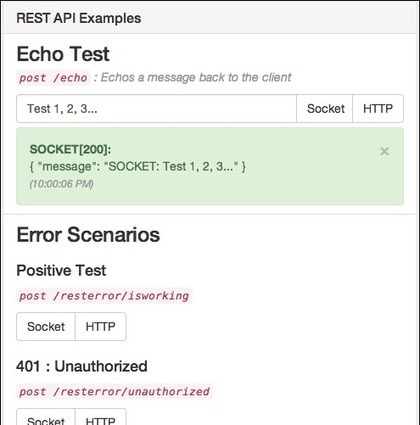MEAN stack is a full JavaScript solution that helps you build fast, robust and maintainable production web applications using MongoDB, ExpressJS, AngularJS and Node.js.
Sails.js allows you to build custom, enterprise-grade Node.js apps using the Model-View-Controller pattern to organize your code so it is easier to maintain.
New MEAN Stack = MongoDB+ExpressJS+AngularJS+Node.js+Sails.js = MEANS stack
Research and publish the best content.
Get Started for FREE
Sign up with Facebook Sign up with X
I don't have a Facebook or a X account
Already have an account: Login

Keeping track of current JavaScript Frameworks that help design your clientside Business Logic Layers.
Curated by
Jan Hesse
 Your new post is loading... Your new post is loading...
 Your new post is loading... Your new post is loading...
No comment yet.
Sign up to comment
|
|














